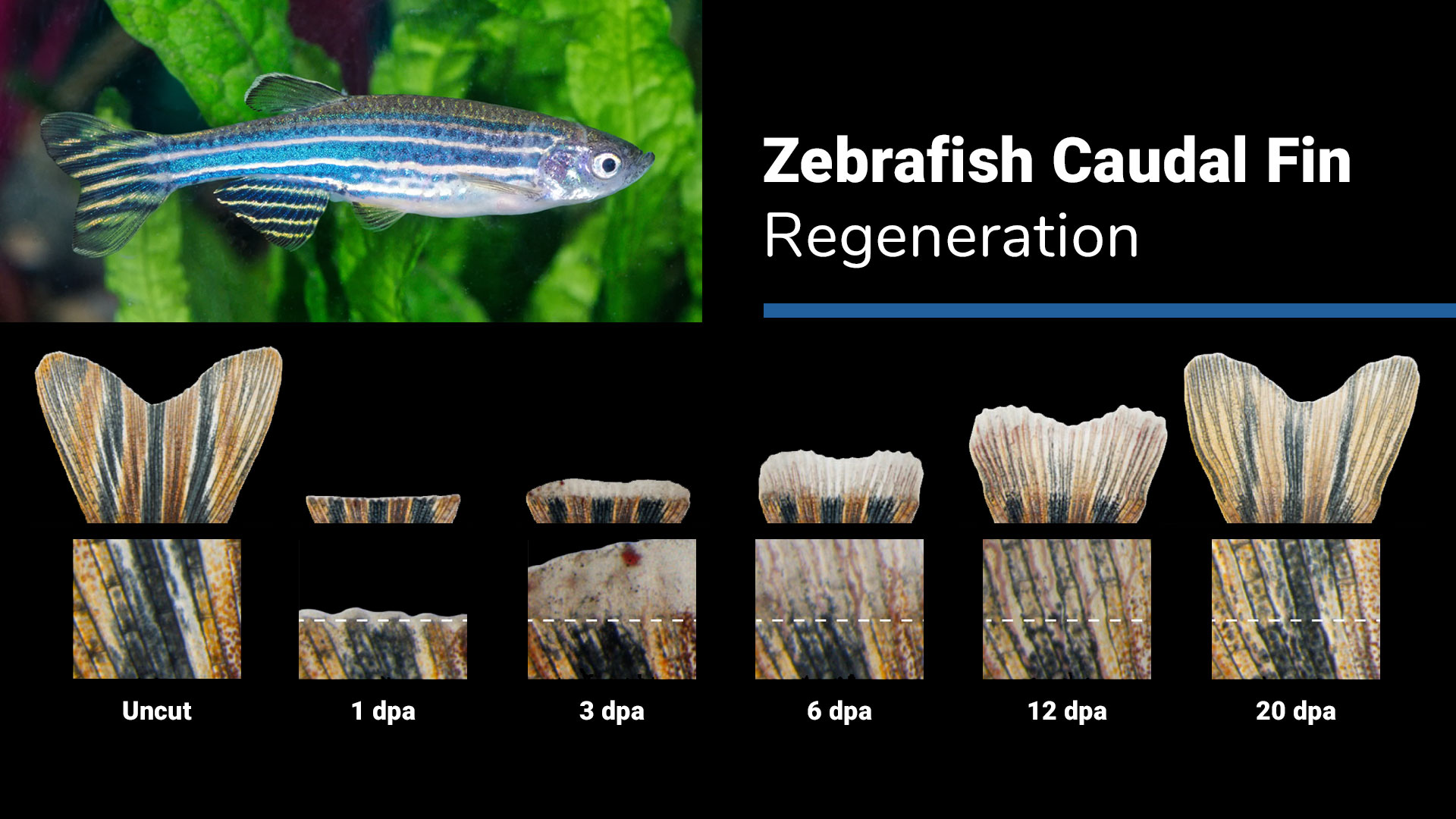

Predicting the First Rejuvenation TherapiesĪll original content at Fight Aging! is published under theĬreative Commons Attribution 4.0 International License.
AGING ZEBRAFISH CIRCULI HOW TO

Life-long preservation of the regenerative capacity in the fin and heart in zebrafish The zebrafish is a widely used model animal to study the regeneration of organs, such as the fin and heart. Putting all this to one side, there is another interesting reason to study regeneration in zebrafish - their ability to regrow tissue and heal wounds doesn't decline all that much with age. Biology is always more complex than you'd like it to be. These could all be different, distinct processes - and for that matter, there could be distinct, different processes of regrowth in different species with these strong regenerative abilities. There is no necessary reason for limb regeneration in one species to be in any way present but dormant in another, and there is no necessary reason for limb regeneration to be some form of re-running of the initial program of embryonic growth. Nonetheless, it remains to be seen whether it is in fact the case that a mammal can be made to regrow major body structures by following this path of salamanders and fish: there are reasonable arguments to be made for both yes and no, and it's still too early to say which it will turn out to be. So there is at least one program for growing limbs and organs hidden in there somewhere. One school of thought suggests that we and other mammals still possess the necessary biological machinery for regeneration of limbs and organs, but it is buried and inactive - after all, just like the fish, we grow from embryos. As is the case for salamanders, there is a research community working on understanding the mechanisms of this regeneration, with an eye to seeing whether it can be brought to humans anytime soon. They can regrow fins and even large portions of some of their major organs. Zebrafish, like a number of lower animals, have far greater regenerative abilities than we mammals. Last month I pointed out an interesting article on regeneration in the zebrafish brain.


 0 kommentar(er)
0 kommentar(er)
